Chamberlin, Powell & Bon (CP&B). Golden Lane. The City. London. United Kingdom 1951-1962
November 02, 2015

In the early 1950s, Chamberlin, Powell and Bon had little experience in building residential complexes. They were focused on their academic work and only had one ongoing project. They entered the Golden Lane competition as individual entrants among a total of 178 projects, and Geoffry Powell’s project emerged as the winning proposal. They honoured their prior agreement that if one of them was to win they would jointly develop the project. They subsequently set to work to find a solution of a highly urban character, avoiding garden city type low density solutions. Their mixing one 16-storey tower with apartment blocks and other buildings of superimposed maisonettes gives us an idea of the wide range of typologies which was later to be incorporated into the Barbican. The uses are also varied as despite there being a prevailing residential use, there also exists a good level of communal facilities such as retail units, workshops and schools. All this was integrated into a set of open spaces which interconnected at different levels with alternating hard and soft surfaces. Water, a feature which reappears in the Barbican, is represented here in a small pond in the east corner. The difference between the Barbican Estate and the Golden Lane Estate is that the latter was designed as social housing while the Barbican was designed for residents in the medium-high income bracket. This programme was developed for a density of 200 people per acre, which was the maximum density permitted by the County of London Plan in central districts.







Photos by a+t research group
RELATED POSTS
|
|
|
|


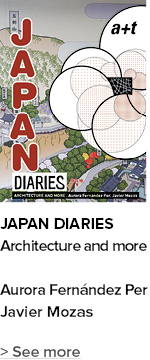




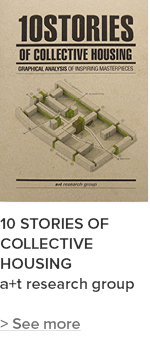

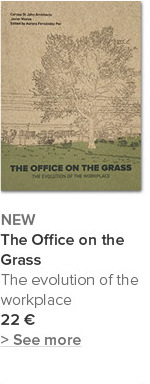

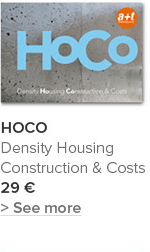

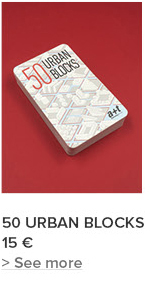


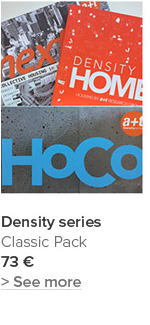









 I've read and agree to
I've read and agree to 


